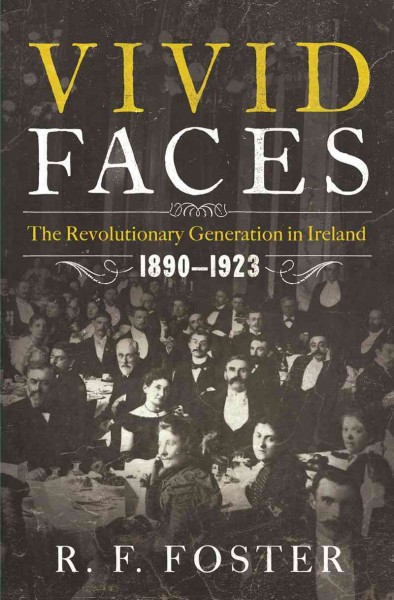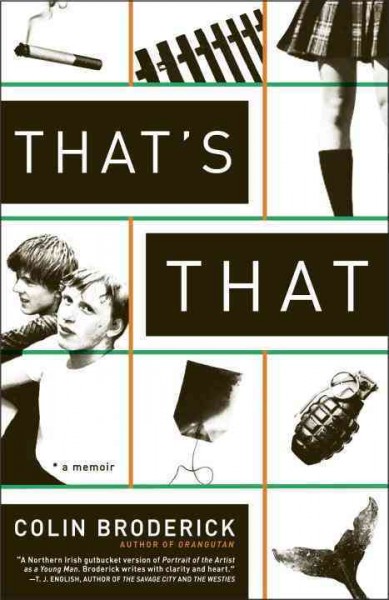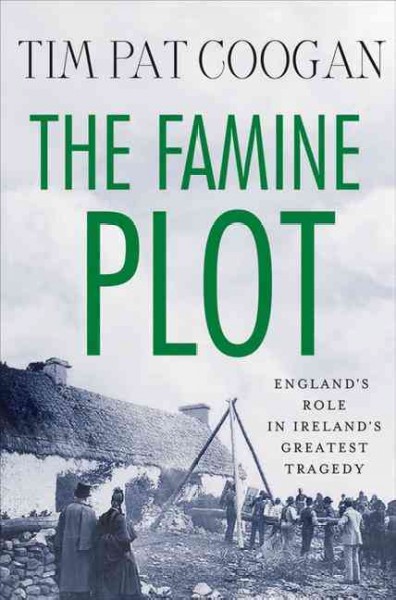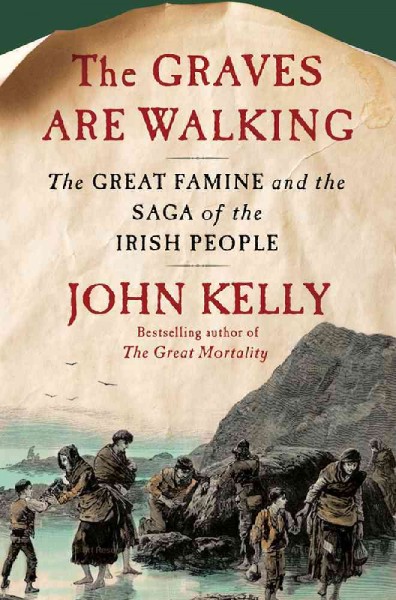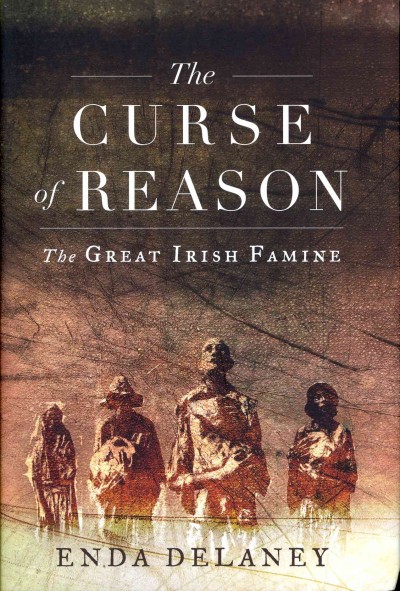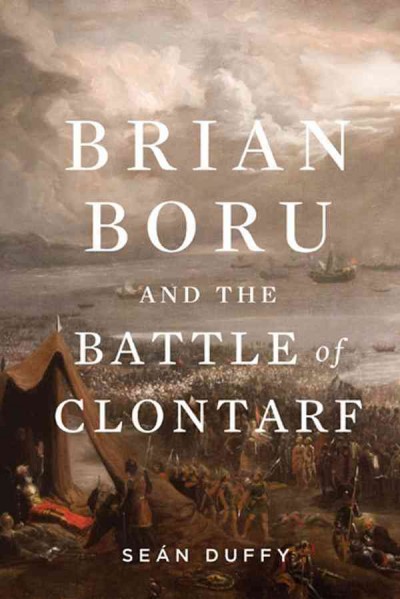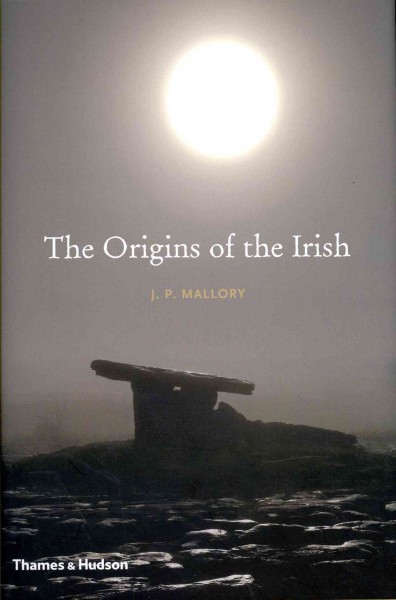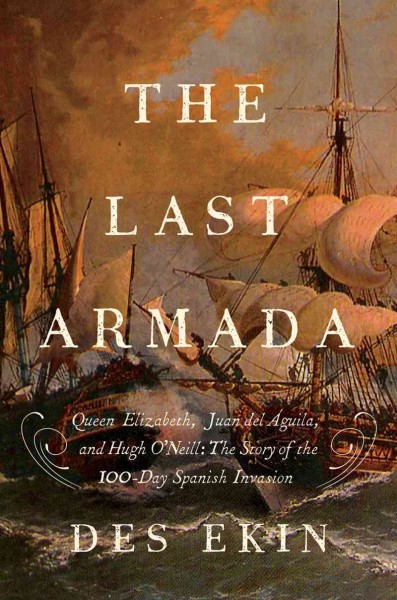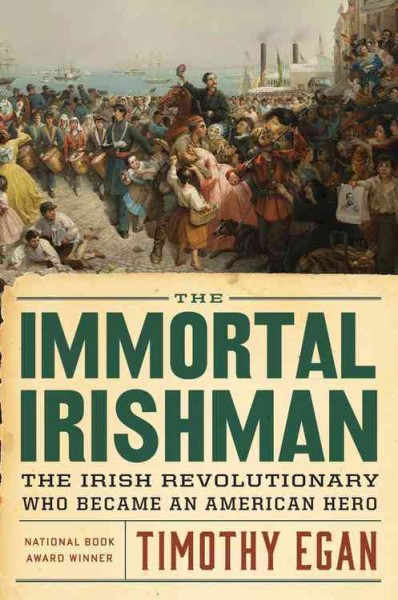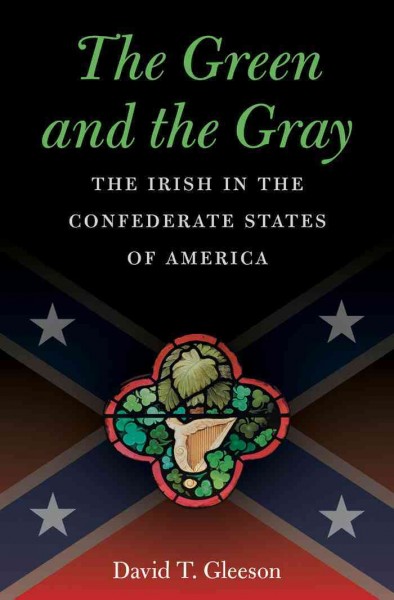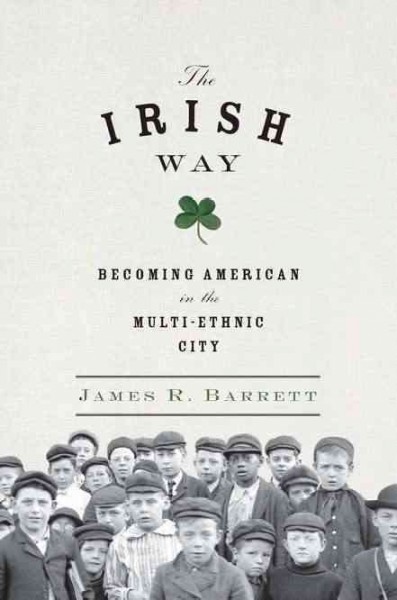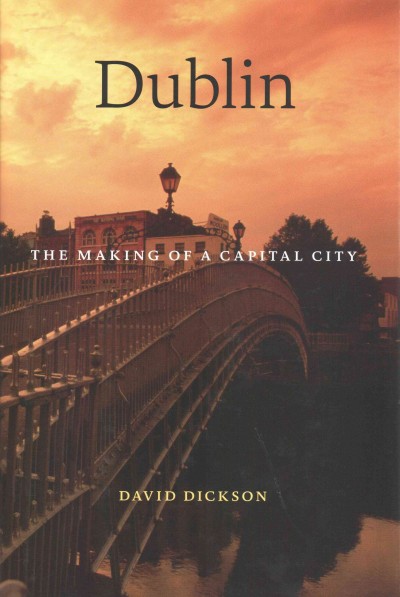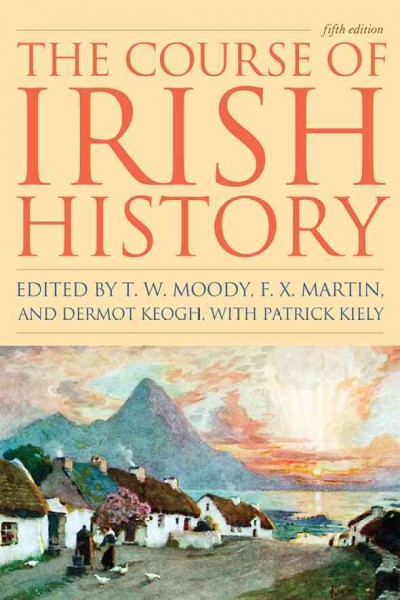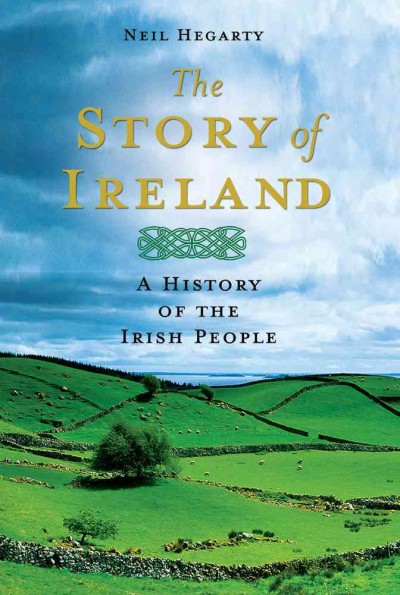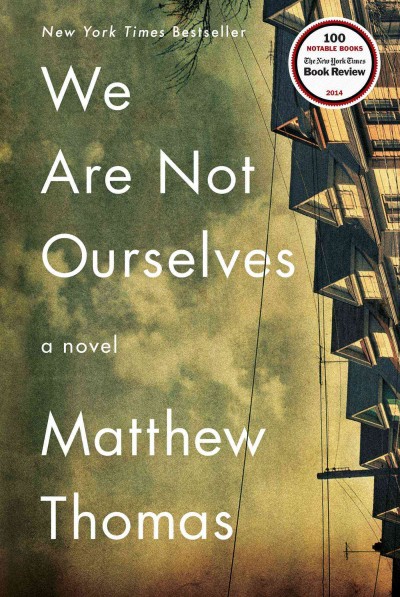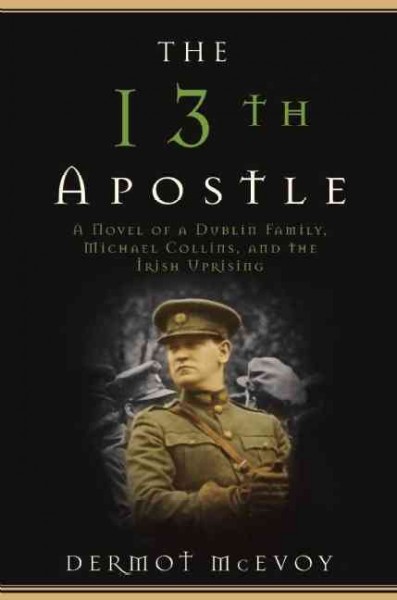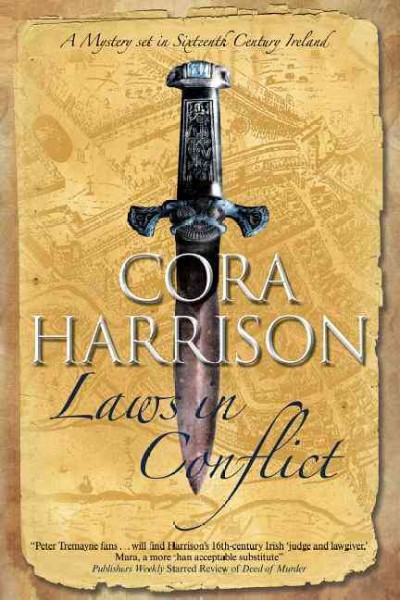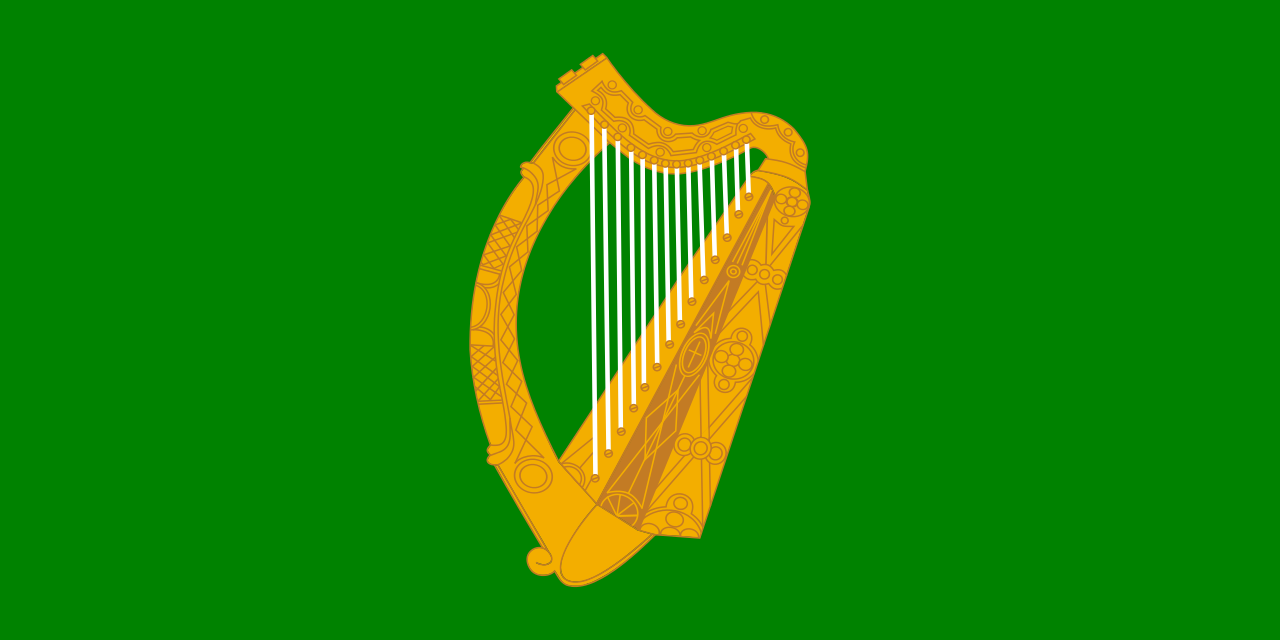
Over the past year or so I’ve noticed an uptick in books being published about Irish history. It only occurred to me last week that the reason for this uptick was probably the up coming hundredth anniversary of the Easter Rising (April 24-29). Given the holiday I thought it appropriate to give you a list of recent books on Irish History.
The Easter Rising and Irish Rebellions Old and New
Vivid Faces: The Revolutionary Generation in Ireland, 1890-1923 by R.F. Foster.
In this highly original history, acclaimed scholar R. F. Foster explores the human dimension of this pivotal event. He focuses on the ordinary men and women, Yeats’s “vivid faces,” who rose “from counter or desk among grey / Eighteenth-century houses” and took to the streets. A generation made, not born, they rejected the inherited ways of the Church, their bourgeois families, and British rule. They found inspiration in the ideals of socialism and feminism, in new approaches to love, art, and belief. [GoodReads]
A Nation and Not a Rabble: The Irish Revolution 1913–23 by Diarmaid Ferriter
This book isn’t owned yet by a NOBLE library but we are happy to get it from a library outside of NOBLE for you.
Drawing on an abundance of newly released archival material, witness statements and testimony from the ordinary Irish people who lived and fought through extraordinary times, A Nation and not a Rabble explores these revolutions. Diarmaid Ferriter highlights the gulf between rhetoric and reality in politics and violence, the role of women, the battle for material survival, the impact of key Irish unionist and republican leaders, as well as conflicts over health, land, religion, law and order, and welfare. [GoodReads]
That’s That: A Memoir by Colin Broderick.
Colin Broderick grew up in Northern Ireland during the period of heightened tension and violence known as the Troubles. Broderick’s Catholic family lived in County Tyrone –the heart of rebel country. In That’s That, he brings us into this world and delivers a deeply personal account of what it was like to come of age in the midst of a war that dragged on for over two decades. We watch as he and his brothers play ball with the neighbor children over a fence for years, but are never allowed to play together because it is forbidden. We see him struggle to understand why young men from his community often just disappear. And we feel his frustration when he is held at gunpoint at various military checkpoints in the North. At the center of his world—and this story—is Colin’s mother. Desperate to protect her children from harm, she has little patience for Colin’s growing need to experience and understand all that is happening around them. Spoken with stern finality, “That’s that” became the refrain of Colin’s childhood. [GoodReads]
The Irish Famine
The Famine Plot: England’s Role in Ireland’s Greatest Tragedy by Tim Pat Coogan.
During a Biblical seven years in the middle of the nineteenth century, Ireland experienced the worst disaster a nation could suffer. Fully a quarter of its citizens either perished from starvation or emigrated, with so many dying en route that it was said, “you can walk dry shod to America on their bodies.” In this grand, sweeping narrative, Ireland”s best-known historian, Tim Pat Coogan, gives a fresh and comprehensive account of one of the darkest chapters in world history, arguing that Britain was in large part responsible for the extent of the national tragedy, and in fact engineered the food shortage in one of the earliest cases of ethnic cleansing. So strong was anti-Irish sentiment in the mainland that the English parliament referred to the famine as “God’s lesson.” Drawing on recently uncovered sources, and with the sharp eye of a seasoned historian, Coogan delivers fresh insights into the famine’s causes, recounts its unspeakable events, and delves into the legacy of the “famine mentality” that followed immigrants across the Atlantic to the shores of the United States and had lasting effects on the population left behind. This is a broad, magisterial history of a tragedy that shook the nineteenth century and still impacts the worldwide Irish diaspora of nearly 80 million people today. [GoodReads]
A magisterial account of one of the worst disasters to strike humankind–the Great Irish Potato Famine–conveyed as lyrical narrative history from the acclaimed author of The Great Mortality. Deeply researched, compelling in its details, and startling in its conclusions about the appalling decisions behind a tragedy of epic proportions, John Kelly’s retelling of the awful story of Ireland’s great hunger will resonate today as history that speaks to our own times. [GoodReads]
The Curse of Reason: The Great Irish Famine by Enda Delaney.
The Great Irish Famine of 1845-52 was the defining event in the history of modern Ireland. In proportional terms one of the most lethal famines in global history, the consequences were shocking: at least one million people died, and double that number fled the country within a decade. The Curse of Reason is first and foremost a survey history of this great tragedy. In particular, the testimonies of four key contemporaries are used throughout to convey the immediacy of the unfolding disaster. [GoodReads]
Old Ireland
Brian Boru and the Battle of Clontarf by Seán Duffy.
Brian Boru is the most famous Irish person before the modern era, whose death at the Battle of Clontarf in 1014 is one of the few events in the whole of Ireland’s medieval history to retain a place in the popular imagination. Once, we were told that Brian, the great Christian king, gave his life in a battle on Good Friday against pagan Viking enemies whose defeat banished them from Ireland forever. More recent interpretations of the Battle of Clontarf have played down the role of the Vikings and portrayed it as merely the final act in a rebellion against Brian, the king of Munster, by his enemies in Leinster and Dublin. This book proposes a far-reaching reassessment of Brian Boru and Clontarf. By examining Brian’s family history and tracing his career from its earliest days, it uncovers the origins of Brian’s greatness and explains precisely how he changed Irish political life forever. [GoodReads]
The Origins of the Irish by J.P. Mallory.
This is the first major attempt to deal with the core issues of how the Irish came into being. J. P. Mallory emphasizes that the Irish did not have a single origin, but are a product of multiple influences that can only be tracked by employing the disciplines of archaeology, genetics, geology, linguistics, and mythology. Beginning with the collision that fused the two halves of Ireland together, the book traces Ireland’s long journey through space and time to become an island. The origins of its first farmers and their monumental impact on the island is followed by an exploration of how metallurgists in copper, bronze, and iron brought Ireland into increasingly wider orbits of European culture. Assessments of traditional explanations of Irish origins are combined with the very latest genetic research into the biological origins of the Irish. [GoodReads]
The Last Armada: Queen Elizabeth, Juan del Águila, and Hugh O’Neill : The Story of the 100-day Spanish Invasion by Des Ekin.
Ireland: Christmas Eve, 1601. As thunder crashes and lightning rakes the sky, three very different commanders line up for a battle that will decide the fate of a nation. General Juan del Águila has been sprung from a prison cell to command the last great Spanish armada. His mission: to seize a bridgehead in Queen Elizabeth’s England and hold it. Facing him is Charles Blount, a brilliant English strategist whose career is also under a cloud. His affair with a married woman edged him into a treasonous conspiracy—and brought him to within a hair’s breadth of the gallows. Meanwhile, Irish insurgent Hugh O’Neill knows that this is his final chance to drive the English out of Ireland. For each man, this is the last throw of the dice. Tomorrow they will be either heroes or failures. These colorful commanders come alive in this true story of courage and endurance, of bitterness and betrayal, and of drama and intrigue at the highest levels in the courts of England and Spain. [GoodReads]
The Irish In America
The Immortal Irishman: The Irish Revolutionary Who Became an American Hero by Timothy Egan.
The Irish-American story, with all its twists and triumphs, is told through the improbable life of one man. A dashing young orator during the Great Famine of the 1840s, in which a million of his Irish countrymen died, Thomas Francis Meagher led a failed uprising against British rule, for which he was banished to a Tasmanian prison colony. He escaped and six months later was heralded in the streets of New York — the revolutionary hero, back from the dead, at the dawn of the great Irish immigration to America. Meagher’s rebirth in America included his leading the newly formed Irish Brigade from New York in many of the fiercest battles of the Civil War — Bull Run, Antietam, Fredericksburg. Twice shot from his horse while leading charges, left for dead in the Virginia mud, Meagher’s dream was that Irish-American troops, seasoned by war, would return to Ireland and liberate their homeland from British rule. The hero’s last chapter, as territorial governor of Montana, was a romantic quest for a true home in the far frontier. His death has long been a mystery to which Egan brings haunting, colorful new evidence. [GoodReads]
The Green and the Gray: The Irish in the Confederate States of America by David T. Gleeson
Why did many Irish Americans, who did not have a direct connection to slavery, choose to fight for the Confederacy? This perplexing question is at the heart of David T. Gleeson’s sweeping analysis of the Irish in the Confederate States of America. Taking a broad view of the subject, Gleeson considers the role of Irish southerners in the debates over secession and the formation of the Confederacy, their experiences as soldiers, the effects of Confederate defeat for them and their emerging ethnic identity, and their role in the rise of Lost Cause ideology. Focusing on the experience of Irish southerners in the years leading up to and following the Civil War, as well as on the Irish in the Confederate army and on the southern home front, Gleeson argues that the conflict and its aftermath were crucial to the integration of Irish Americans into the South. Throughout the book, Gleeson draws comparisons to the Irish on the Union side and to southern natives, expanding his analysis to engage the growing literature on Irish and American identity in the nineteenth-century United States. [GoodReads]
The Irish Way: Becoming American in the Multiethnic City by James R. Barrett.
A lively, street-level history of turn-of-the-century urban life explores the Americanizing influence of the Irish on successive waves of migrants to the American city. In the newest volume in the award-winning Penguin History of American Life series, James R. Barrett chronicles how a new urban American identity was forged in the streets, saloons, churches, and workplaces of the American city. This process of “Americanization from the bottom up” was deeply shaped by the Irish. From Lower Manhattan to the South Side of Chicago to Boston’s North End, newer waves of immigrants and African Americans found it nearly impossible to avoid the Irish. While historians have emphasized the role of settlement houses and other mainstream institutions in Americanizing immigrants, Barrett makes the original case that the culture absorbed by newcomers upon reaching American shores had a distinctly Hibernian cast. [GoodReads]
General Irish History
Dublin: The Making of a Capital City by David Dickson
David Dickson s magisterial history brings Dublin vividly to life beginning with its medieval incarnation and progressing through the neoclassical eighteenth century, when for some it was the Naples of the North, to the Easter Rising that convulsed a war-weary city in 1916, to the bloody civil war that followed the handover of power by Britain, to the urban renewal efforts at the end of the millennium. He illuminates the fate of Dubliners through the centuries clergymen and officials, merchants and land speculators, publishers and writers, and countless others who have been shaped by, and who have helped to shape, their city. He reassesses 120 years of Anglo-Irish Union, during which Dublin remained a place where rival creeds and politics struggled for supremacy. A book as rich and diverse as its subject, “Dublin” reveals the intriguing story behind the making of a capital city.” [GoodReads]
The Course of Irish History edited by T. W. Moody
Agreement and the withdrawal of British troops from regular patrols in Northern Ireland, this new edition of a perennial bestseller narrates and interprets Irish history as a whole. Designed and written to be popular and authoritative, critical and balanced, it has been the core text in both Irish and American universities for three decades. It has also proven to be an extremely popular book for casual readers with an interest in history and Irish affairs and is considered the definitive history among the Irish themselves. Chapters are grouped together by century or by general time period, ranging from prehistoric Ireland to the present, and each has been written by an English or Irish historian specializing in that area. This edition of the book has been revised and enlarged and is illustrated throughout with line drawings, black and white, and color photographs. It is an essential text for anyone interested in the history of Ireland. [GoodReads]
The Story of Ireland: A History of the Irish People by Neil Hegarty.
The Story of Ireland re-examines Irish history, challenging the accepted stories and long-held myths associated with Ireland. Transporting readers to the Ireland of the past, beginning with the first settlement in A.D. 433, this is a sweeping and compelling history of one of the world’s most dynamic nations. Hegarty examines how world events, including Europe’s 16th century religious wars, the French and American revolutions, and Ireland’s policy of neutrality during World War II, have shaped the country over the course of its long and fascinating history. With an up-to-date afterword that details the present state of affairs in Ireland, this is an essential text for readers who are fascinated by current events, politics, and history. [GoodReads]
Irish Historical Fiction
We Are Not Ourselves by Matthew Thomas.
Born in 1941, Eileen Tumulty is raised by her Irish immigrant parents in Woodside, Queens, in an apartment where the mood swings between heartbreak and hilarity, depending on whether guests are over and how much alcohol has been consumed. When Eileen meets Ed Leary, a scientist whose bearing is nothing like those of the men she grew up with, she thinks she’s found the perfect partner to deliver her to the cosmopolitan world she longs to inhabit. They marry, and Eileen quickly discovers Ed doesn’t aspire to the same, ever bigger, stakes in the American Dream. [GoodReads]
The 13th Apostle: A Novel of a Dublin Family, Michael Collins, and the Irish Uprising by Dermot Mcevoy.
The 13th Apostle is the reimagined story of how Michael Collins, along with his young acolyte Eoin, transformed Ireland from a colony into a nation. Collins’s secret weapon was his intelligence system and his assassination squad, nicknamed “The Twelve Apostles.” On November 21, 1920, the squad—with its thirteenth member, young Eoin—assassinated the entire British Secret Service in Dublin. Twelve months and sixteen days later, Collins signed the Treaty at 10 Downing Street, which brought into being what is, today, the Republic of Ireland. An epic novel in the tradition of Thomas Flanagan’s The Year of the French and Leon Uris’s Trinity, The 13th Apostle is a story that will capture the imagination and hearts of freedom-loving readers everywhere. [GoodReads]
Laws in Conflict by Cora Harrison.
February, 1512. Mara, Brehon of the Burren, judge and lawgiver, has been invited to the magnificent city state of Galway, which is ruled by English laws and a royal charter originally granted by Richard III. Mara wonders whether she can use her legal knowledge to save the life of a man from the Burren who has been caught stealing a meat pie, but events soon take an even more dramatic turn when the mayor’s son is charged with a heinous crime. Sure there is more to the case than meets the eye, Mara investigates [GoodReads]
